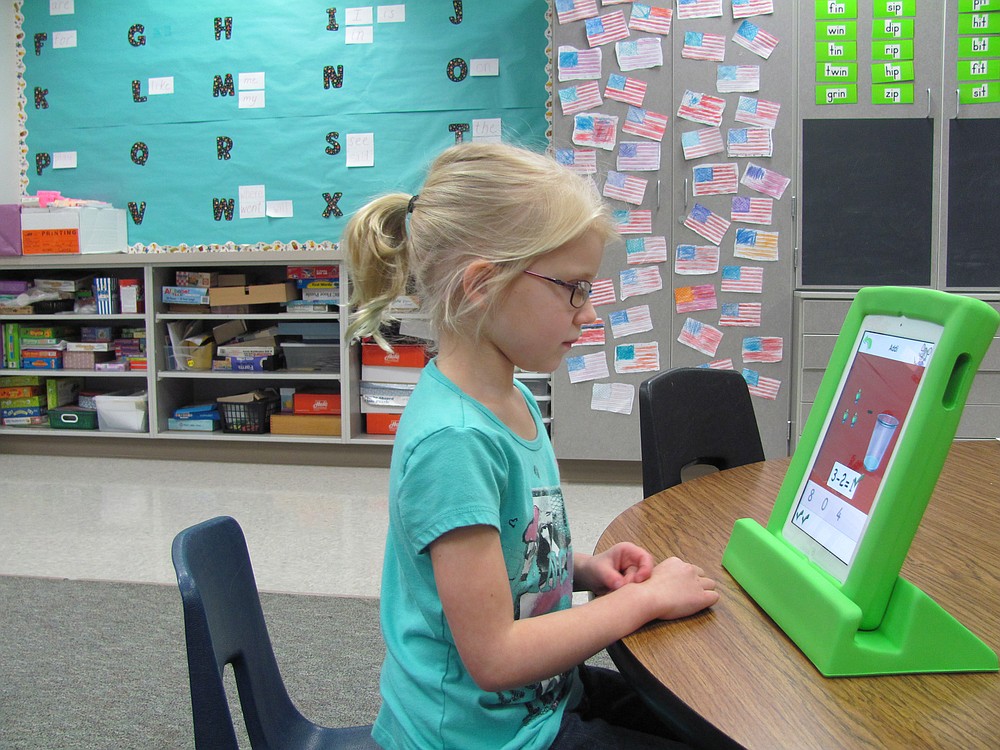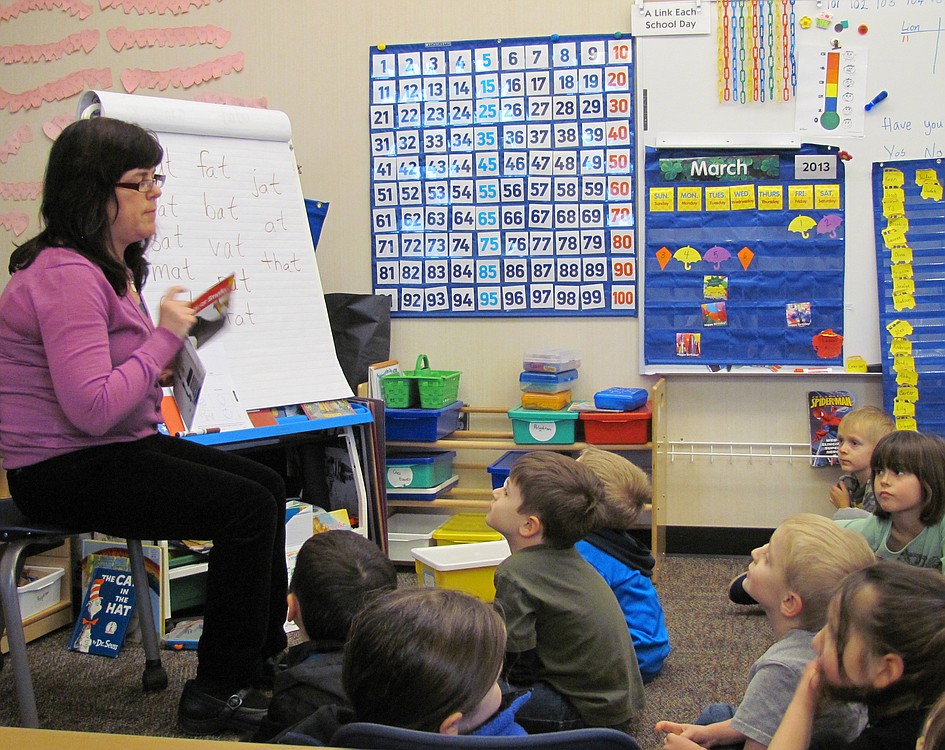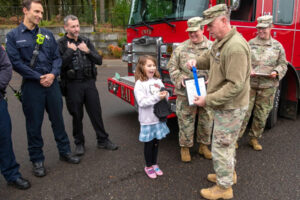The following are some of the skills children should know when they enter kindergarten
o Saying his/her first and last name
o Printing his/her first name, beginning with a capital letter and the rest lower-case
o Holding a pencil correctly
o Holding and using scissors
o Sitting quietly for 10-15 minutes
o Naming the four basic shapes: Circle, square, triangle and rectangle
o Naming the eight basic colors: Red, orange, yellow, blue, green, purple, brown and black
o Begin recognizing letters of the alphabet
o Begin recognizing numbers 1 to 10
o Saying the alphabet
o Counting to at least 10
However, in today’s kindergarten world, the list would also need to include writing, reading and math comprehension.
When Cindy Coons first began teaching kindergarten at Cape Horn-Skye Elementary School, she was thrilled if students came in knowing how to spell their first name and recite the alphabet.
“Now, I need them coming in knowing all the letters and sounds, the numbers one through 10 out of order, spelling their last name and finding it in a mix of others.”





